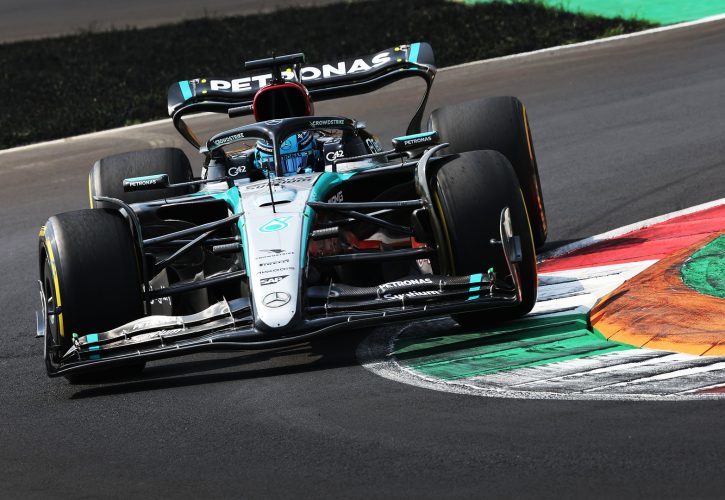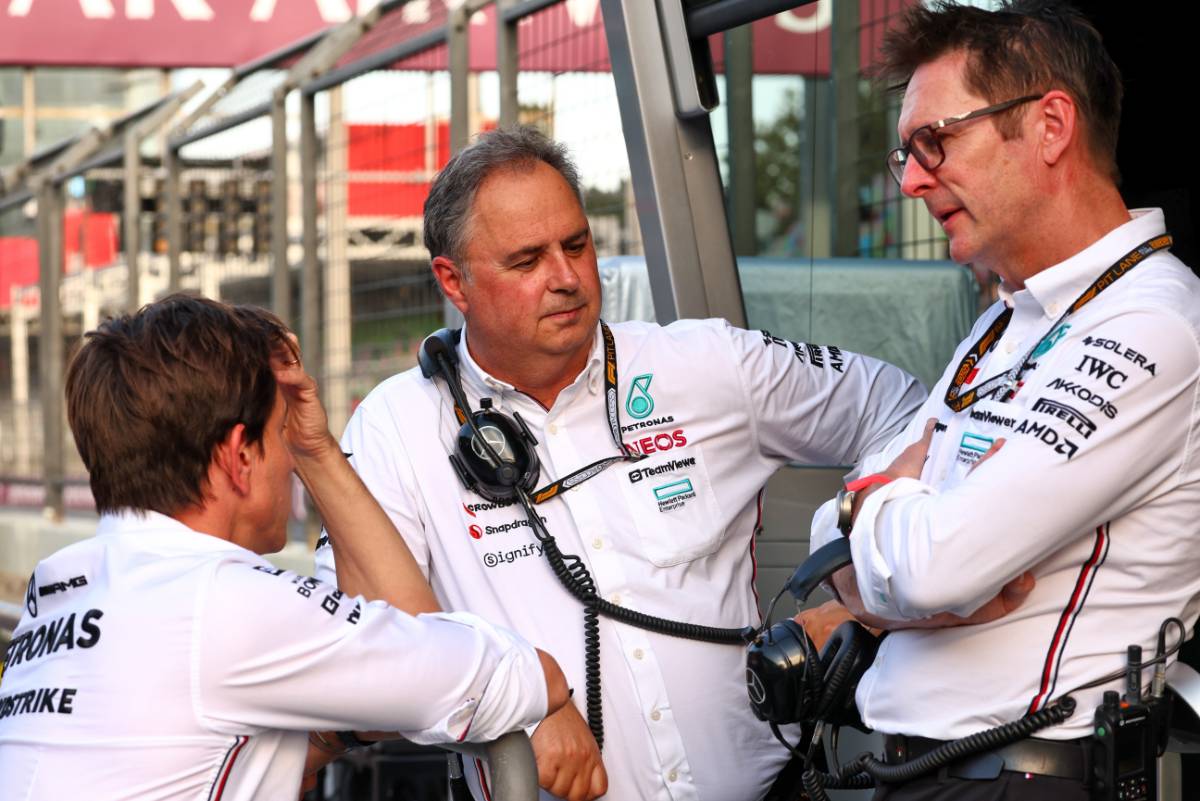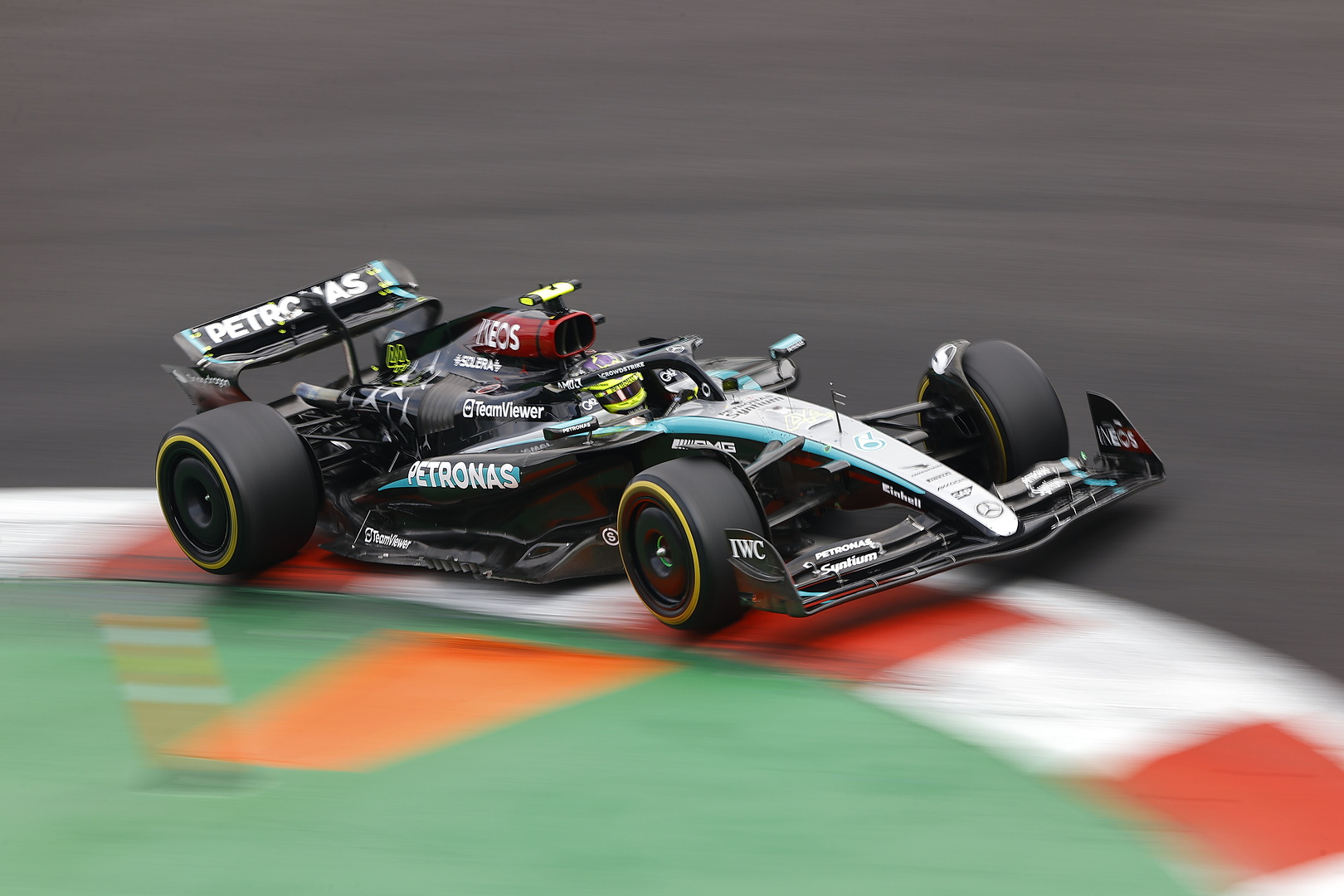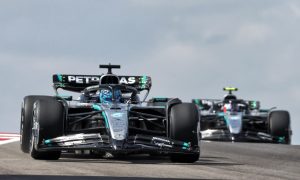
As Mercedes shifts its focus to next season’s car, the W16, the Brackley squad has identified fundamental weaknesses that need to be ironed out, with one specific deficiency demanding a lot of its attention.
Since a strong middle part of the season, where Mercedes claimed three wins before the summer break, the team’s performance has faltered, with only one podium finish in last seven races.
The recent upgrade package introduced at the United States Grand Prix, while improving baseline performance, has highlighted deeper issues that will need to be addressed fundamentally.
As Mercedes shifts its focus to next season’s car, the W16, trackside engineering director Andrew Shovlin shared insights into the key technical challenges the team faces and their strategy for addressing them in 2025.
"Where we tend to be weak, it is in the slow speed corners, particularly the ones where you have got one corner following into another,” Shovlin said in the team’s Sao Paulo Grand Prix video debrief on YouTube.
“There is a lot of turning of the car, and that is a weakness that we need to work on. We did not expect this update kit to improve that. All we expected was this to just lift the base performance of the car. In terms of what we have seen, we are confident it is doing what was expected.
Read also: Mercedes fined for starting grid tyre pressure infringement
"However, we are also confident there are some fundamentals that we have got to get to grips with on this car in order to fix them on the W16, and we are very busy with that right now, and hopefully making the right changes over the winter so that we are not struggling with these weaknesses next year.”
Shovlin’s comments hint at the need for a more foundational rethink of their vehicle dynamics, particularly in managing transitions between slow, consecutive corners.
Mercedes has acknowledged that the only path forward is to keep experimenting and accumulating data to deepen their understanding of the W15’s handling profile.
"The main thing in terms of learning is that the corners that we are weak in are still the same ones. It is the interconnected, slow corners. That is normally where we trip up,” he continued.

As a result, in the season’s final stretch, Mercedes has shifted its focus from purely competitive goals to intensive data gathering and experimentation.
The remaining races, with their diverse track characteristics, present an opportunity to learn as much as possible under competitive conditions.
"The big focus in these remaining races for us is learning what we can. We are in a position in the championship where we cannot challenge in front of us. It is very unlikely we are going to see any challenge from behind.
"Our focus has very much shifted to learning what we need to this year to apply to next year in order to get on top of those issues.”
Mercedes plans to leverage the unique demands of each of the remaining tracks—Las Vegas, Qatar, and Abu Dhabi—to gather nuanced data on their car's performance.

©Mercedes
“We are going to be looking at all the remaining tracks to assess performance and just confirm what we understand about this car and whether the changes we are hoping to make for next year are going to improve those areas,” Shovlin added.
“Vegas has a lot of straight line and low-speed corners. Qatar is a faster track. And then, finishing in Abu Dhabi, which is a mix of everything, it will give us a good read on how we are performing and who is the benchmark.
“Sometimes it is Red Bull, sometimes McLaren, sometimes Ferrari, but it will allow us to establish the gap that we need to close down over those winter months.”
As Mercedes prepares for a critical winter of development, Shovlin is under no illusion about the level of competition they face from its trio of direct rivals.
“Sometimes it is Red Bull, sometimes McLaren, sometimes Ferrari, but it will allow us to establish the gap that we need to close down over those winter months,” he concluded.
For Mercedes, the challenge is not only to solve the immediate handling weaknesses of their car but to engineer a broader, competitive leap forward to match or exceed the gains made by these top teams.
Keep up to date with all the F1 news via Facebook and Twitter







